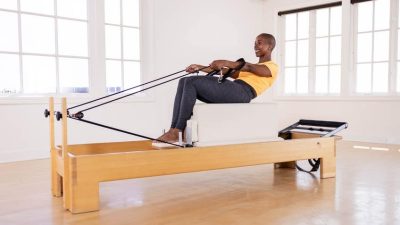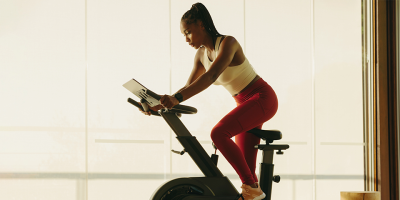
The Pilates principles are a set of foundational concepts that guide the practice of Pilates. They were developed by Joseph Pilates, the creator of the Pilates method, and are considered essential for achieving the full benefits of this exercise system. The principles serve as a framework for proper body alignment, movement control, and mind-body connection. Here are the six key Pilates principles:
Centering: Centering refers to the focus on the body’s center, also known as the “powerhouse” or the core. It involves engaging the deep abdominal muscles, lower back, pelvic floor, and diaphragm. By initiating movement from the center, Pilates aims to develop core strength, stability, and control.
Concentration: Pilates emphasizes the importance of mental focus and concentration during each exercise. Concentration helps to bring awareness to the body’s movements, alignment, and breath. By concentrating on the present moment, individuals can achieve greater precision and control in their Pilates practice.
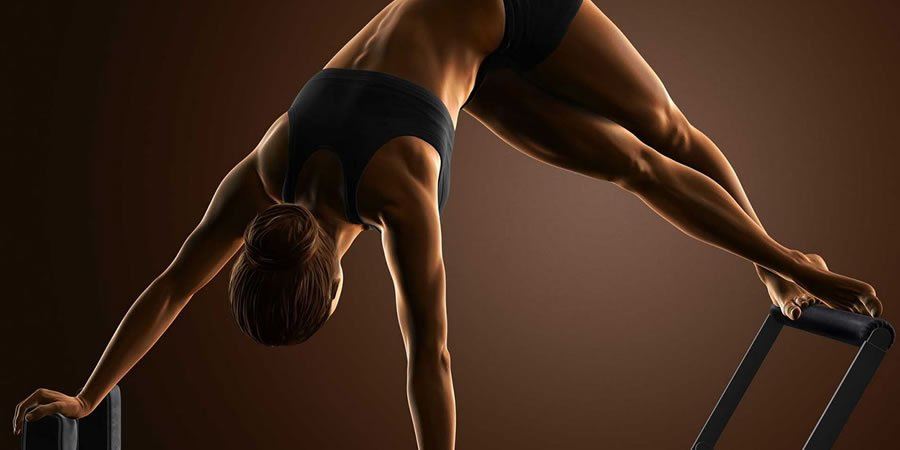
Control: Control is a fundamental principle in Pilates. It involves maintaining a smooth and deliberate execution of movements while maintaining proper alignment and form. Pilates encourages controlled movements to develop strength, stability, and body awareness.
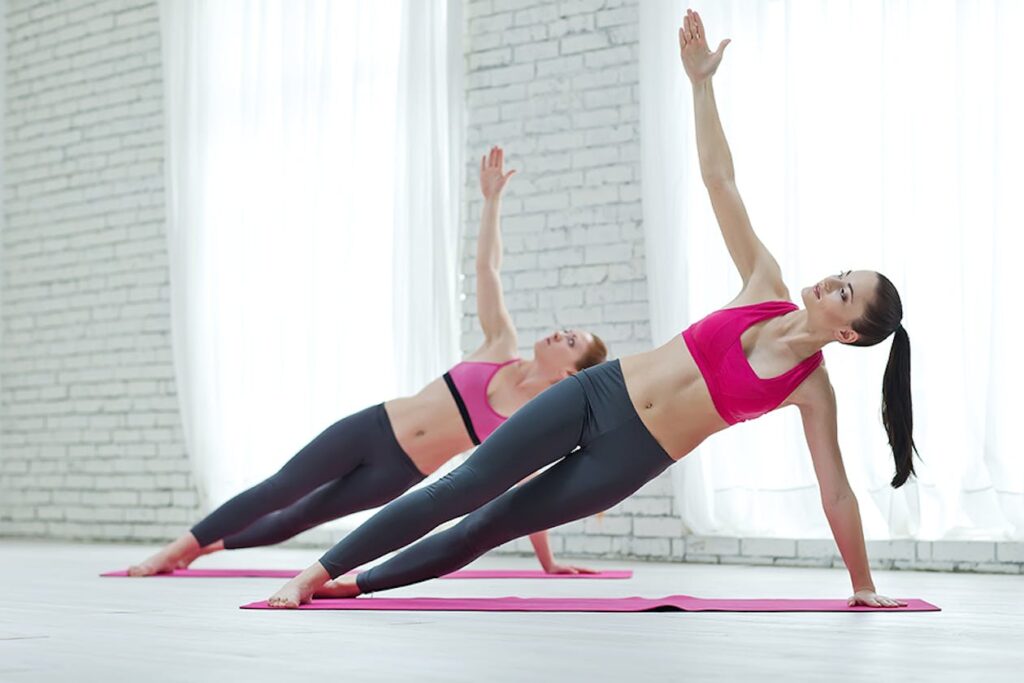
Precision: Precision in Pilates refers to the attention to detail and the fine-tuning of movements. Each exercise is performed with precision and accuracy, ensuring proper alignment and engagement of the targeted muscles. Precision helps to optimize the benefits of Pilates and minimize the risk of injury.
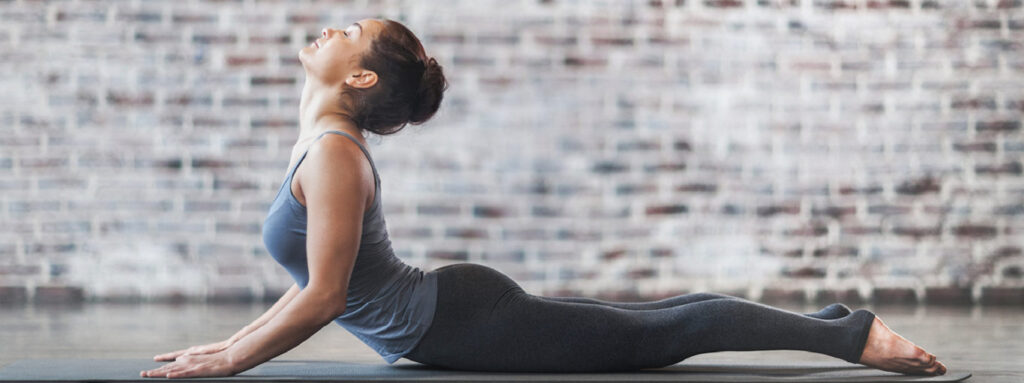
Breath: Proper breathing is an integral part of Pilates. It involves deep, coordinated breathing that integrates with movement. Pilates encourages lateral thoracic breathing, where the ribcage expands and contracts laterally, allowing for efficient oxygenation and engagement of the core muscles.
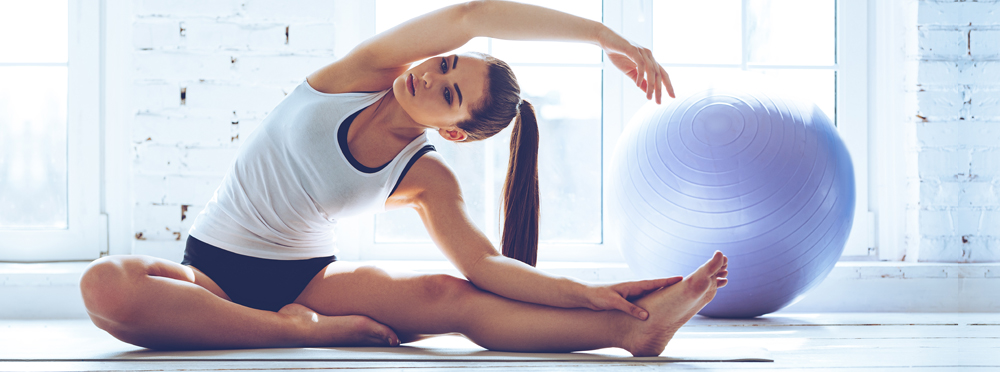
Flow: Flow, also known as fluidity or rhythm, is the seamless transition between movements in Pilates. Exercises are designed to flow smoothly from one to another, creating a continuous and harmonious sequence. Flow helps to improve coordination, balance, and gracefulness in movement.
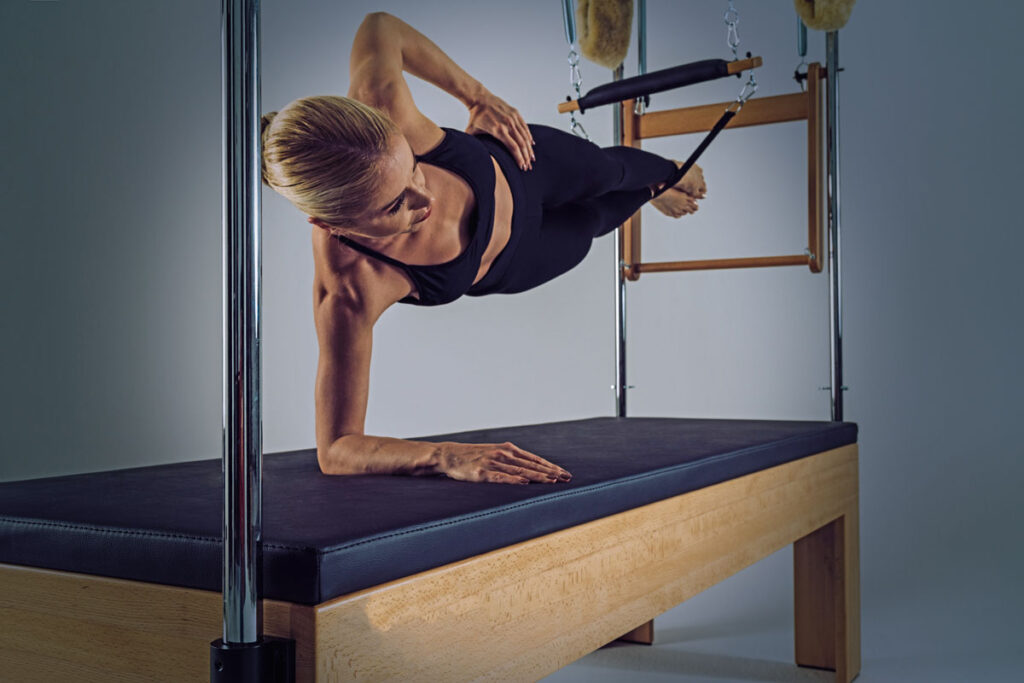
By incorporating these principles into their practice, individuals can enhance their physical and mental well-being through Pilates. These principles create a foundation for developing strength, flexibility, stability, posture, and body awareness. Whether practicing Pilates on the mat or using specialized equipment like the Pilates Reformer Vintage, the Pilates Reformer with Tower Vintage, the Cadillac Vintage, the Pilates Chair Vintage, the Pilates Chair Vintage, and so on, applying these principles can help individuals achieve optimal results.
